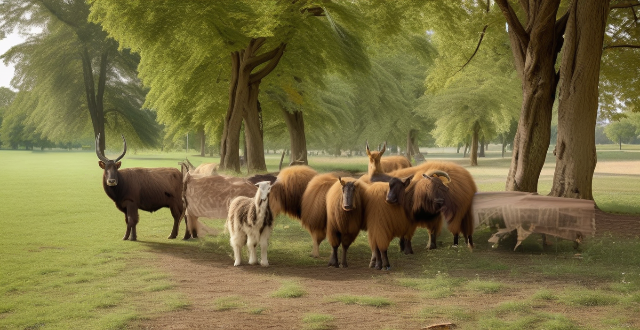Children contribute to climate change through increased energy consumption, resource use, transportation emissions, food choices, lack of education, population growth, consumer behavior, inheritance of unsustainable practices, urbanization, and loss of natural habitats.

Children contribute to climate change in several ways, both directly and indirectly. Here are some of the key ways:
1. Increased Energy Consumption: As the global population grows, so does the demand for energy. Children, as future consumers, will add to this demand, especially if current consumption patterns continue. This increased energy consumption leads to higher greenhouse gas emissions, contributing to climate change.
2. Resource Use: Children require resources such as food, water, clothing, and educational materials. The production and disposal of these resources can have environmental impacts. For example, the fashion industry is known for its pollution and waste, and as children grow, they often outgrow their clothes, leading to more consumption.
3. Transportation Emissions: Children often rely on adults for transportation, whether it's to school, extracurricular activities, or family events. The more people there are, the more vehicles are needed, which can lead to increased emissions from transportation.
4. Food Choices: As children grow up, their dietary choices can impact the environment. Meat-heavy diets, for instance, require more resources and produce more greenhouse gases than plant-based diets. If future generations continue to consume meat at current rates, it could exacerbate climate change.
5. Education and Awareness: Children who are not educated about environmental issues may grow up to make unsustainable choices. On the other hand, children who are aware of the importance of sustainability can influence their families and communities to adopt more eco-friendly practices.
6. Population Growth: While children themselves do not directly cause population growth, they are part of the equation. High birth rates in some regions can lead to increased resource consumption and environmental degradation.
7. Consumer Behavior: As children become teenagers and then adults, their consumer behavior can have a significant impact on the environment. This includes everything from electronic gadgets with short lifespans to disposable products that contribute to waste.
8. Inheritance of Unsustainable Practices: Many practices that contribute to climate change are deeply ingrained in societies. Children often learn these practices from adults and may continue them unless there is a conscious effort to teach sustainable alternatives.
9. Urbanization: The movement of people, including children, into urban areas can lead to increased energy use, more transportation needs, and greater strain on local resources.
10. Loss of Natural Habitats: As populations grow, natural habitats are often converted into residential or commercial areas, reducing the ability of ecosystems to act as carbon sinks and provide other ecological services that help mitigate climate change.
It's important to note that while children contribute to climate change, they are also disproportionately affected by its consequences and have a right to a healthy environment. Therefore, addressing climate change requires collective action that takes into account the needs of future generations.